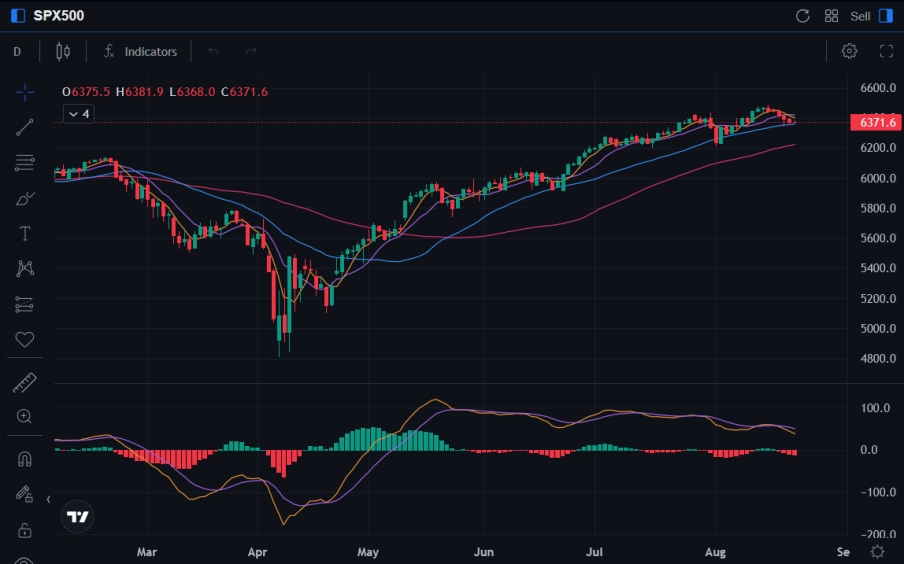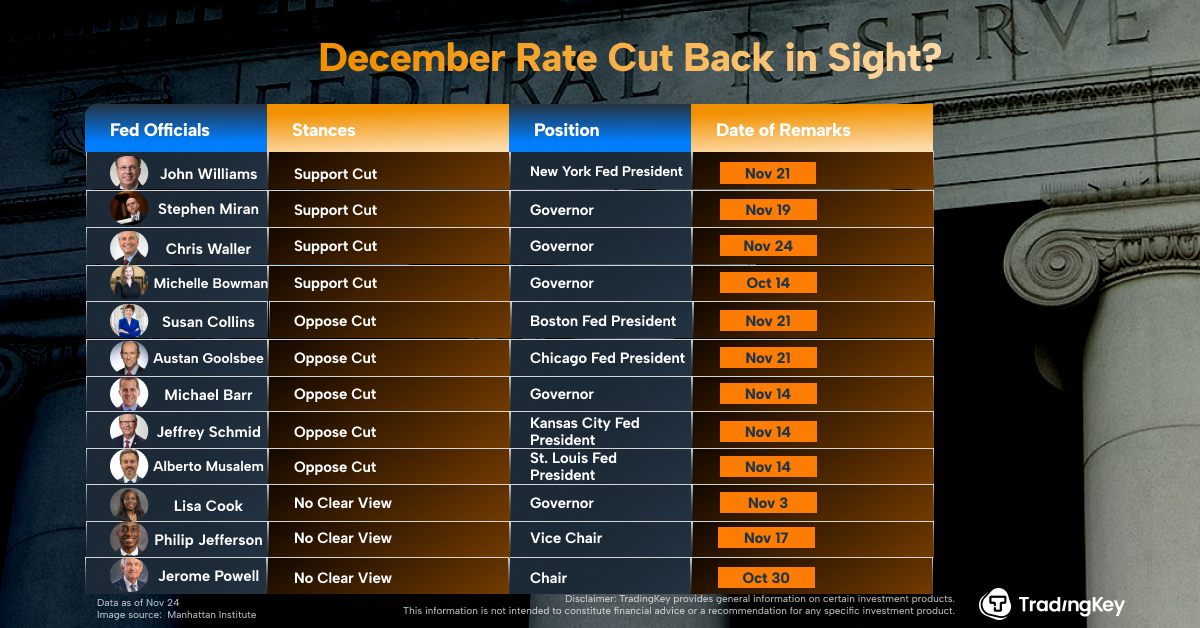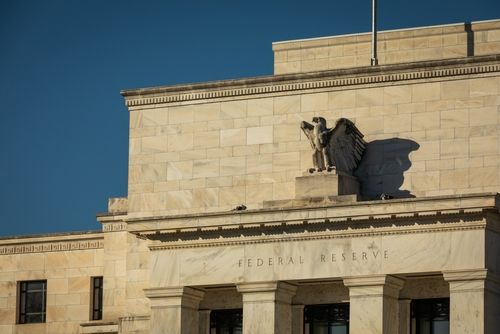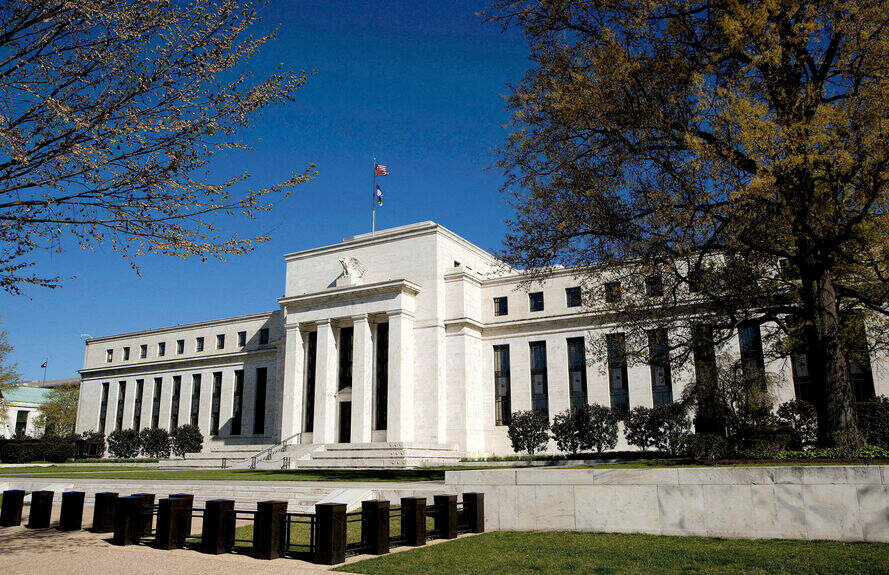FOMC August Meeting Minutes Commentary: Diverging Opinions, Rate Cut Optimism Outweighs Concerns, Your U.S. Stock Portfolio Remains Secure


TradingKey - On 21 August 2025, the Federal Open Market Committee (FOMC) released its latest meeting minutes, which revealed divisions among Fed officials due to a weakening job market and the impact of tariffs on inflation. Fed Vice Chair Bowman and Governor Waller proposed a 25-basis-point interest rate cut, aiming to prevent further deterioration in labour market conditions. However, the minutes indicated that the vast majority of participants agreed that maintaining the target range for the federal funds rate at 4.25%–4.50% was appropriate.
After hitting a low in April, U.S. inflation has shown signs of a rebound, with the headline CPI and core CPI rising by 2.7% and 3.1% year-on-year, respectively, in July. However, in our view, inflation may not become a core issue in the future, for three reasons: First, the implementation of Trump’s tariff policies has been more moderate than previously expected; Second, the rising rental vacancy rate will curb inflation in the accommodation sector; Third, the weak performance of the labour market and the gradual slowdown of economic growth will limit the extent of re-inflation from the demand side.
Therefore, given the low risk of a significant rebound in inflation, we expect that the Federal Reserve will resume its rate-cutting cycle in September. Interest rate cuts have both bullish and bearish implications for the stock market. From a bullish perspective, rate cuts can reduce corporate borrowing costs, stimulate economic growth and investment activities, improve companies' earnings expectations, and thereby drive stock prices higher. On the bearish side, if rate cuts are driven by concerns about an economic recession, the stock market may experience short-term declines. However, under the current circumstances, the U.S. economy is only slowing down, and the possibility of a recession is extremely low. Thus, the bullish factors brought by rate cuts are expected to outweigh the bearish ones, and the net effect will eventually boost the rise of U.S. stocks.
Additionally, interest rate cuts are particularly beneficial for certain stocks, such as those in the technology sector (especially AI and cloud infrastructure), discretionary consumer goods, and real estate sectors. This is because lower borrowing costs drive investment and expansion in these areas, allowing them to reap the benefits.

Source: Mitrade
Main Body
On 21 August 2025, the Federal Open Market Committee (FOMC) released its latest meeting minutes, which revealed divisions among Fed officials amid a weakening labour market and the impact of tariffs on inflation. Looking back at the monetary policy meeting held on 31 July, the Fed kept its policy rate unchanged (Figure 1). However, Vice Chair Bowman and Governor Waller proposed a 25-basis-point rate cut, aiming to prevent further deterioration in labour market conditions. This marked the first time since 1993 that two Fed governors dissented in the interest rate decision vote, highlighting how tariff-related issues are gradually creating rifts within the Federal Reserve. Nevertheless, the meeting minutes indicated that an overwhelming majority of participants agreed that maintaining the target range for the federal funds rate at 4.25%–4.50% was appropriate.
Figure 1: Fed Policy Rate (%) .jpg)
Source: Refinitiv, TradingKey
To elaborate on the discrepancies in this case, regarding the labour market, the U.S. Department of Labour released its nonfarm payroll report on 1 August, which showed that nonfarm payrolls increased by 73,000 in July. This figure represents a notable gap compared with the market's previous expectation of 104,000. Beyond this, the employment data for the prior two months also underwent significant revisions: the combined increase in nonfarm payrolls for May and June was downwardly revised by 258,000 (Figure 2). The softening trend in the labour market has acted as a catalyst-like driver for the Federal Reserve to implement interest rate cuts.
Figure 2: US Nonfarm Payrolls (000)
.jpg)
Source: Refinitiv, TradingKey
From another perspective, U.S. inflation has shown signs of a rebound after hitting a low in April (Figure 3). According to the July CPI data released on 12 August, the year-on-year growth rates of headline CPI and core CPI reached 2.7% and 3.1% respectively. This phenomenon is mainly driven by the continuous upward trend in housing and transportation services within service-sector inflation. Such a re-inflationary trend has also constrained the Federal Reserve's interest rate cut process.
Figure 3: US CPI (%, y-o-y)
.jpg)
Source: Refinitiv, TradingKey
Looking ahead, divisions within the Federal Reserve are expected to persist and may even become more pronounced. However, in our view, inflation is unlikely to emerge as a core issue in the future, for three main reasons: First, as the implementation of Trump-era tariffs has been more moderate than previously anticipated, the slower pace of cost pass-through will temper the upward pressure of tariffs on prices, making their inflationary effect more gradual. Second, the rising vacancy rate in the rental market will act as a restraint on inflation in the residential rent sector. Third, the softening labour market and the gradual slowdown in economic growth will limit the extent of reflation from the demand side.
Therefore, given the low risk of a significant rebound in inflation, we expect that the Federal Reserve will resume its rate-cutting cycle in September and complete three rate cuts within the year, with each cut amounting to 25 basis points. The impact of rate cuts on the stock market has both bullish and bearish dimensions. From a bullish perspective, rate cuts can reduce corporate borrowing costs while stimulating economic growth and investment activities. This, in turn, improves companies' earnings expectations and drives stock prices higher. On the bearish side, if rate cuts are driven by concerns about an economic recession, the stock market may experience short-term declines. However, based on the current situation, the U.S. economy is only slowing down, and the possibility of a recession is extremely low. As a result, it is expected that the bullish factors brought by rate cuts will outweigh the bearish ones, and the net effect will ultimately act as a catalyst for the rise of U.S. stocks.
Additionally, interest rate cuts are particularly beneficial for certain stocks, such as those in the technology sector (especially AI and cloud infrastructure), discretionary consumer goods, and real estate sectors. This is because lower borrowing costs drive investment and expansion in these areas, allowing them to reap the benefits.
.png)







